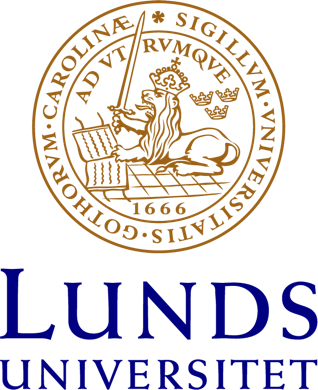Judgments of warmth and competence in a computerized paradigm: Little evidence of proposed impression formation asymmetries
Much of what we know concerning impression formation is based on experimental methods where the participant receives a list of traits or behaviors and is asked to make trait judgments or meta-cognitive judgments. The present study aimed to put some well-known effects from the impression formation literature to a test in a more dynamic computerized environment, more akin to many real world impressi
